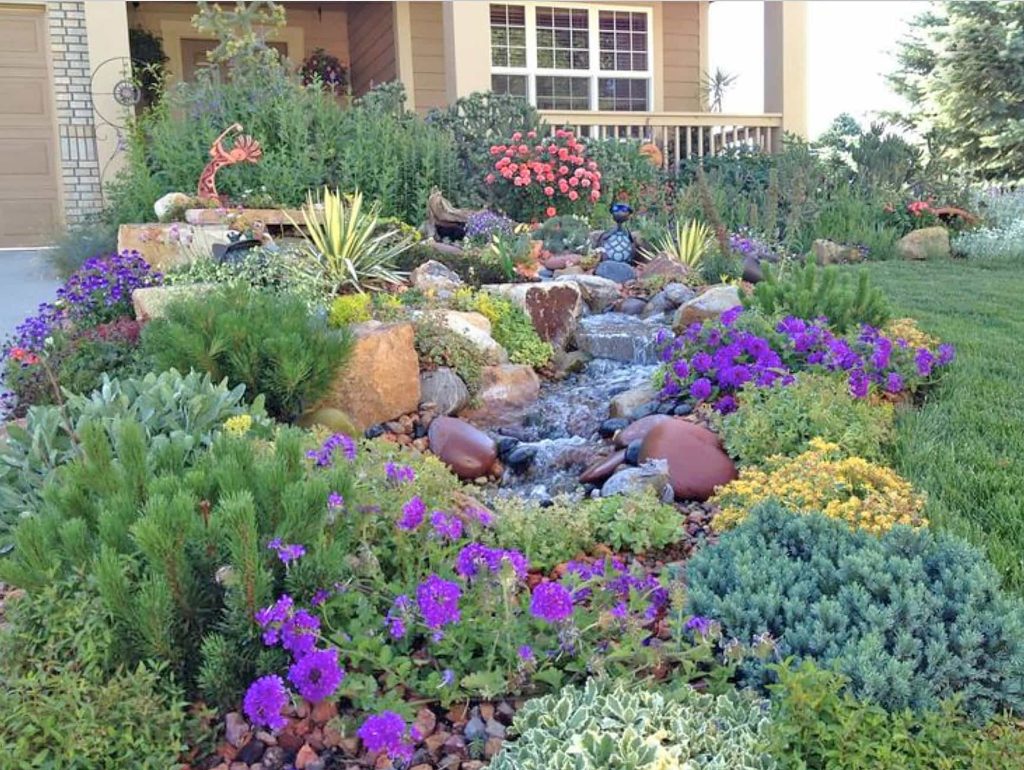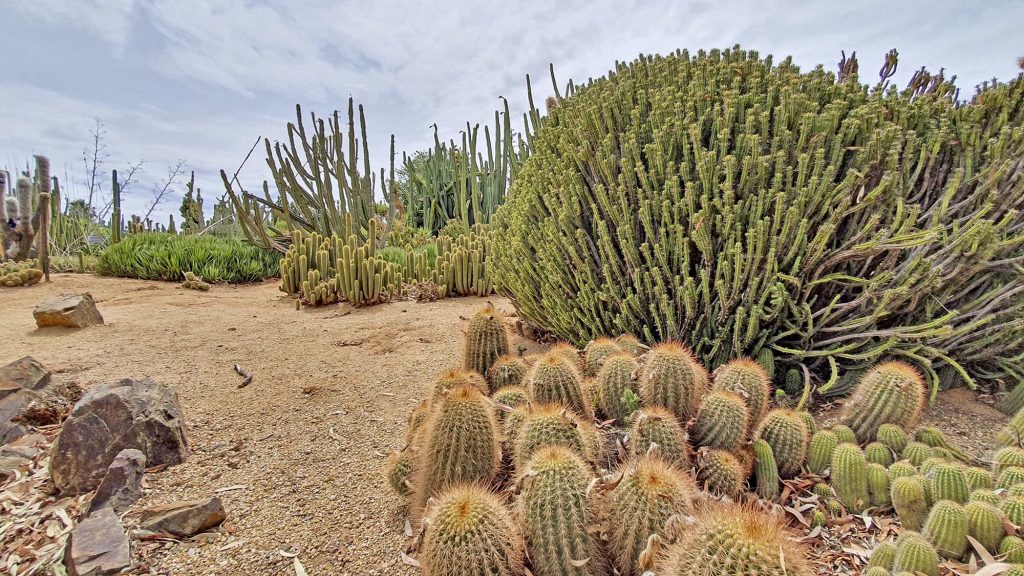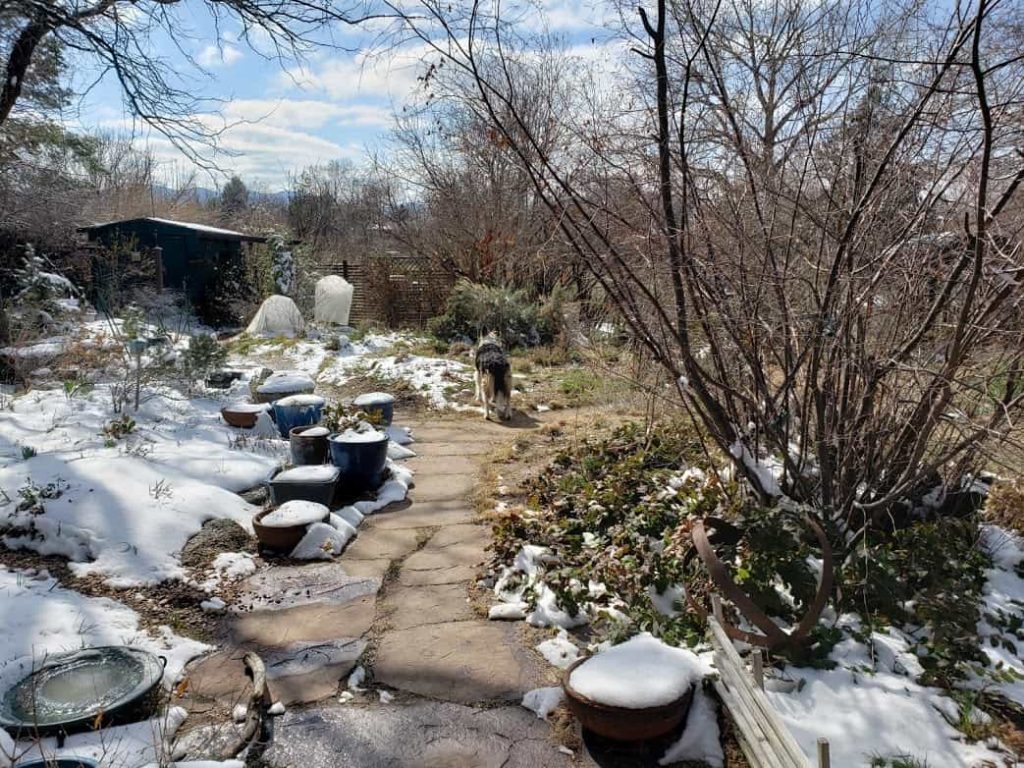Garden Pests and Diseases for 4 Climate Zones of the USA
How to prevent and treat for garden pests and diseases.
Here is an overview of common pests and diseases in some general climate zones of the USA and some preventive and treatment measures:
1. Mild Climates (e.g., Southern California, Florida):
Common garden Pests: Aphids, whiteflies, mealybugs, snails, slugs.
Common Diseases: Powdery mildew, botrytis (gray mold), root rot.
Prevention & Treatment:
Encourage natural predators like ladybugs and lacewings to control pests.
Regularly inspect plants and prune affected parts.
Use horticultural oil or neem oil to combat garden pests.
Improve air circulation to reduce fungal diseases.
Ensure proper watering practices to avoid root rot.
2. Temperate Climates (e.g., Northeast, Midwest):

Common Pests: Japanese beetles, slugs, caterpillars, scale insects.
Common Diseases: Tomato blight, rust, downy mildew.
Prevention & Treatment:
Handpick or use traps for large insects like Japanese beetles.
Apply organic pesticides like Bt (Bacillus thuringiensis) for caterpillars.
Use copper-based fungicides for fungal diseases.
Rotate crops to prevent soil-borne diseases.
Water plants at the base to avoid wetting foliage.
3. Hot & Arid Climates (e.g., Southwest):

Common Pests: Spider mites, aphids, grasshoppers.
Common Diseases: Sunscald, blossom end rot.
Prevention & Treatment:
Regularly spray water on plants to deter spider mites and aphids.
Introduce beneficial insects like ladybugs to control pests.
Provide shade during extreme heat to prevent sunscald.
Mulch and maintain consistent soil moisture to prevent blossom end rot.
4. Cold & Northern Climates (e.g., Northern Midwest, New England):

Common Pests: Cabbage worms, Colorado potato beetles, slugs.
Common Diseases: Late blight, powdery mildew.
Prevention & Treatment:
Use row covers to protect plants from pests.
Handpick insects like cabbage worms and Colorado potato beetles.
Promote good air circulation to prevent fungal diseases.
Apply fungicides preventively during wet periods.
Clean up garden debris in the fall to reduce overwintering pests.
Remember that local factors such as microclimates, specific plants grown, and prevailing weather conditions can influence the types of pests and diseases you encounter.
Integrated Pest Management (IPM) is a sustainable approach that combines prevention, monitoring, and appropriate treatment to manage pests and diseases effectively.
Always follow the instructions on the labels of any pesticides or fungicides you use and consider environmentally friendly alternatives whenever possible.
Additionally, local cooperative extension offices or gardening clubs can provide region-specific information and guidance.
REMEMBER: Please store all poisons and harmful substances in a safe place out of the reach of children.
A general overview of Garden pests & Diseases across the US
While there are numerous garden pests found across the United States, here is an overview of some common ones that are prevalent in gardens throughout all 50 states. These pests can cause damage to plants and crops, making it essential for gardeners to be aware of their presence and implement appropriate pest management strategies:
- Aphids: Small, soft-bodied insects that suck sap from plant leaves, causing them to curl and distort. They reproduce quickly, forming large colonies and transmitting plant viruses.
- Whiteflies: Tiny, white insects that feed on plant sap and excrete honeydew, leading to mold growth and weakening the plants.
- Caterpillars: The larvae of butterflies and moths can be voracious eaters, damaging leaves and fruits of various plants.
- Slugs and Snails: These mollusks feed on tender plant foliage, leaving behind irregular holes and slime trails.
- Japanese Beetles: Metallic green beetles with coppery wing covers that devour the foliage of many plants, often skeletonizing leaves.
- Colorado Potato Beetles: These pests target potato plants, as well as other members of the nightshade family, defoliating them rapidly.
- Squash Bugs: They feed on the sap of squash, pumpkin, and other related plants, causing wilting and death of affected foliage.
- Tomato Hornworms: Large, green caterpillars that feed on tomato plants and can strip them of leaves and fruit.
- Cabbage Loopers: Caterpillars that primarily target cabbage-family plants, creating holes in leaves.
- Thrips: Tiny insects that damage leaves and flowers by sucking out plant juices, causing discoloration and deformation.
- Leafhoppers: Small, jumping insects that pierce plant tissues and extract sap, leading to leaf curling and yellowing.
- Spider Mites: These arachnids feed on plant sap, causing stippling and yellowing of leaves.
- Rodents: Mice, rats, and other rodents can cause damage by nibbling on plants, roots, and fruits.
- Deer: These large herbivores can be a significant threat to gardens, as they consume a wide range of plants.
- Rabbits: Like deer, rabbits can cause damage by munching on various garden plants.
To manage garden pests effectively, integrated pest management (IPM) practices are recommended. This approach involves a combination of preventive measures, cultural practices, biological controls, and targeted use of pesticides when necessary, aiming to minimize environmental impact and preserve beneficial insects.
Identifying the specific pests in your region is crucial for implementing the most appropriate control strategies. Local cooperative extension offices and gardening resources can be helpful in providing region-specific information on garden pests and their management.







